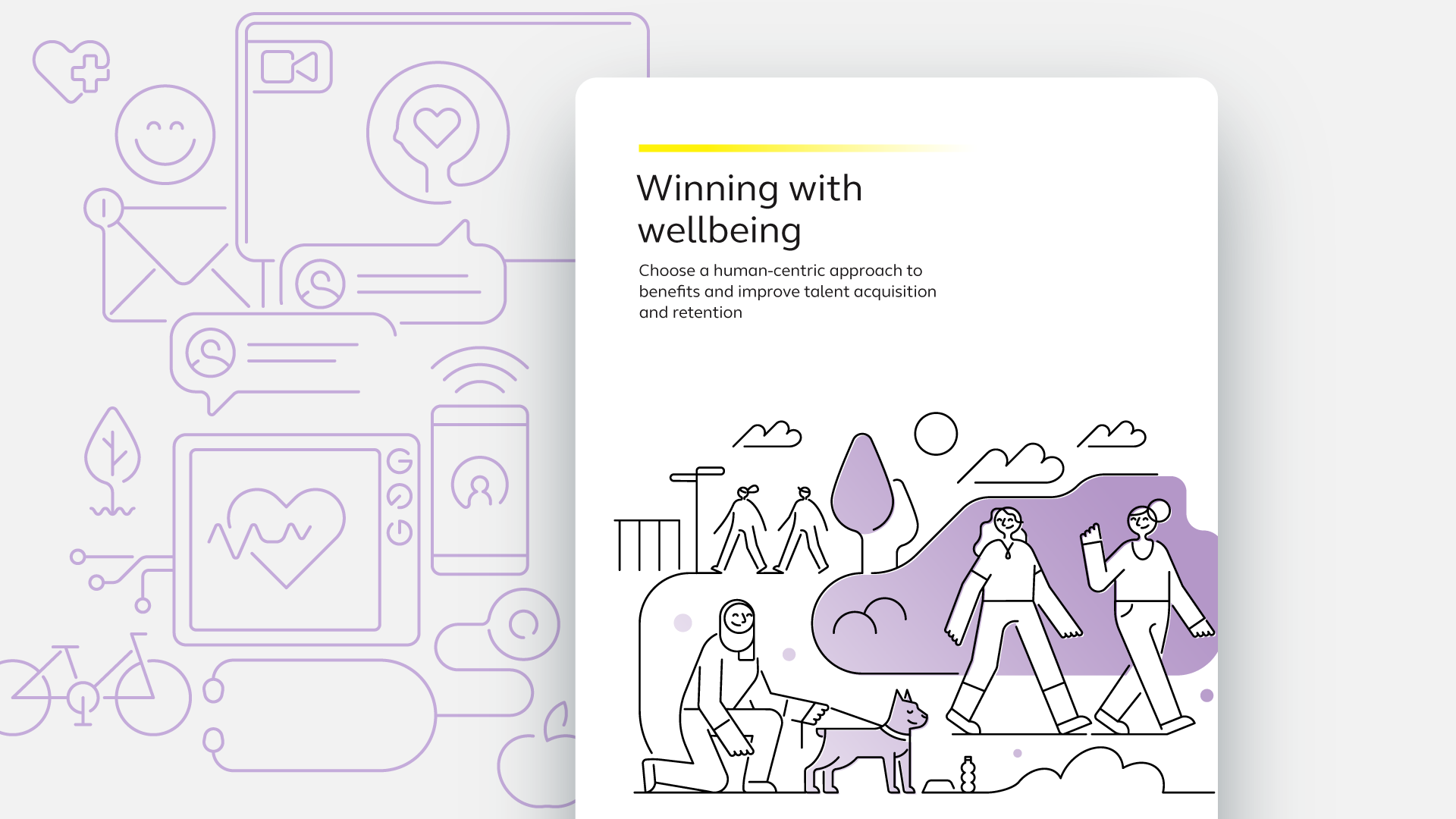
Nothing can boost employee engagement more than genuinely asking someone what they need. However, if this offer of help is not sincere, it often won’t be considered authentic and may reduce the effectiveness of your DE&I efforts.
It’s for this reason, organizations must be authentic with their diversity, equity, and inclusion (DE&I) efforts and before all else, take the time to understand “who” each employee actually is. It’s also important that a workforce is representative of its customer base.
If each individual in your organization was asked to define what authentic DE&I means to them, it’s likely their responses will not match those of all or many colleagues.
Many DE&I initiatives focus on certain aspects of a person like race, gender, identity, sexual orientation, culture, or disability. However, this could exclude some people who don’t neatly fit into these boxes (or fit into two or more).
Practicing authentic inclusion ensures all applicants and colleagues are treated equally and supported. Not all diversity is visually apparent. Individuals have different approaches to work, e.g., some are more analytical while others are more creative. People with disabilities, for example, experience the world differently, so bring a broader perspective to your organization.

Read the Winning with Wellbeing report
Just 50% of respondents to Alight’s Winning with Wellbeing report said their employer supports a diverse workplace.
To many, DEI is a talk track:
“I feel like diversity is a buzzword. Show me. Don’t tell me! When I pull up the org chart, I’d better see some diversity. If not, don’t talk about it because you’re not genuine.”
“I’m not sure it’s genuine [company’s DE&I efforts]. I think it’s just really reflective of what’s hot in the news and what’s hot on Wall Street.”
This same Winning with Wellbeing research revealed just 62% of upper management consider a diverse workforce is essential, dropping to 52% when asked if they felt a workplace must be a safe place for people to be their authentic selves.
However, these findings don’t necessarily mean the intent is not genuine but suggests efforts may need rethinking.
How do you define authentic diversity, equity, and inclusion?
Authentic inclusion is when everybody feels free to bring their voices to the table and trusts that the organization will use the ideas that have value. This, however, is where it can become challenging.
You can’t simply make the workplace “good for everyone.” To do this requires accurate data to reveal where the gaps or issues are.
This data requires complex analysis. Not just by one identity marker, but by multiple attributes that apply to an individual, including gender identity, salary, education, sexual orientation, age, neuro-diversities, life stage, etc.
Organizations that are authentic in their DE&I efforts have an advantage over organizations that aren’t. They can recruit from a more diverse talent pool, develop skills in readiness for the next stage of business development, and create an environment where talent chooses to stay.
Organizations that are not authentic with their DE&I efforts will struggle to attract and retain young, diverse talent who expect employers to reflect the worlds they live in and the customers they serve.
The year that groups currently considered “minorities” are predicted to reach majority status
of Gen Z are racial or ethnic minorities
More than 75% of people prefer diverse companies
Authentic DE&I and wellbeing are closely linked
If we cannot come to work and be our authentic selves, we will not bring our best thinking, energy, and performance to our jobs. This is especially true for those who feel they must hide physical, mental, or neurodiverse conditions.
An estimated 12 billion working days around the world are lost due to mental illness every year, according to a Lancet Commission report on mental health. It said that “disorders are on the rise in every country in the world and will cost the global economy $16 trillion by 2030.” This is a massive price for everyone to pay if not addressed.
There is a significant opportunity for organizations willing to invest in developing working cultures that positively contribute to all employees’ wellbeing and create a working environment where everyone can feel comfortable being who they genuinely are.
Ultimately, leadership teams and those responsible for DE&I in an organization need to be focusing their efforts on delivering one overriding objective: How do we make working for this organization a positive experience for everyone?
Read the Winning with Wellbeing Report
Just 50% of respondents to Alight’s Winning with Wellbeing report said their employer supports a diverse workplace.


